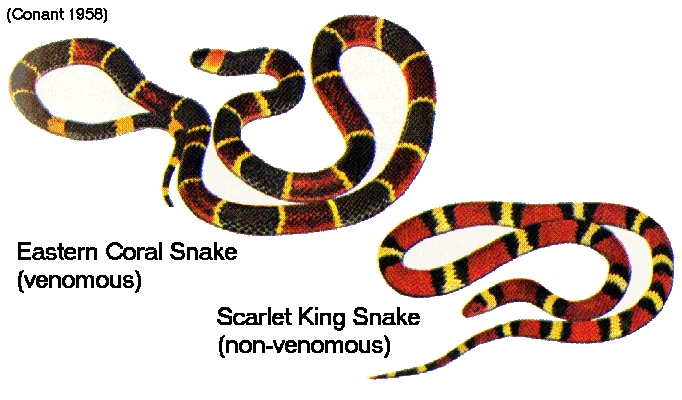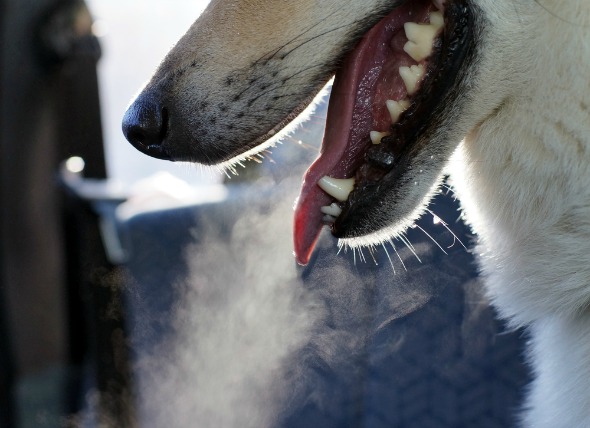

One of the biggest challenges in animal care is determining your dog's source of pain. This is partly due to their limited ability to convey the pain. Dogs vary greatly in their specific responses to pain; the animal's age, species, experience, and current environment will all affect their response levels.
There are numerous causes of pain; most are commonly associated with tissue damage. Treatment options are available that can help to reduce the amount of pain your dog is experiencing.
The most common sign that a dog is in pain will be a vocal cue or a sign of significant agitation. Some dogs will become extremely sensitive to touch and stimuli that would normally not cause them any discomfort.
Dogs that are experiencing long-term pain may exhibit signs of depression, reduction in appetite, trembling, and even biting/snapping when someone reaches out to pet them. Dogs that are experiencing a sudden, sharp pain, meanwhile, may experience rapid, shallow breathing, a rise in blood pressure and an increased heart rate.
Pain can be caused by a variety of conditions, including injury, degenerative issues in the animal's tissues, blunt trauma, or following surgery or medical treatment.
Since pain is challenging to diagnose, veterinarians will often complete a full physical examination to rule out biological causes for the pain.
There are a variety of medications that can be used to assist dogs in managing their pain and responses to pain. If it has been determined that there is an underlying cause of the pain, it will be treated simultaneously. In some cases surgery is used to reduce the pain source. Limited movement and physical activity is recommended while the dog is recovering,
Padded bedding and a comfortable environment can help to reduce the dog's pain. Some bandaging may be used to reduce pressure and swelling, ultimately reducing pain for the animal as well. If the animal's weight is causing joint pain, a weight reduction diet may be recommended.
Each dog will react differently to the type and dosage level of the prescribed pain medication. Monitor your pet's response to the medication and talk with your veterinarian if you believe your dog is having a negative reaction or is still experiencing a high amount of pain. If the pain is severe and treatment is not helping, many owners choose to put their dog to sleep (euthanise).
If you know that your dog has been injured, it can be helpful to seek out a pain management treatment quickly. This can help reduce the pain.
 Skin Mite Dermatitis in Dogs
Cheyletiellosis in Dogs
The Cheyletiella mite is
Skin Mite Dermatitis in Dogs
Cheyletiellosis in Dogs
The Cheyletiella mite is
 Poisoning by Petroleum Products in Dogs
Petroleum Hydrocarbon Toxicosis in Dogs
Petroleum
Poisoning by Petroleum Products in Dogs
Petroleum Hydrocarbon Toxicosis in Dogs
Petroleum
 Coral Snake Bite Poisoning in Dogs
Coral Snake Venom Toxicosis in Dogs
There are two
Coral Snake Bite Poisoning in Dogs
Coral Snake Venom Toxicosis in Dogs
There are two
 Postpartum Low Blood Calcium in Dogs
Postpartum Eclampsia in Dogs
Eclampsia is a defic
Postpartum Low Blood Calcium in Dogs
Postpartum Eclampsia in Dogs
Eclampsia is a defic
 Allergic Shock in Dogs
Anaphylaxis in Dogs
Anaphylaxis is an emergency c
Allergic Shock in Dogs
Anaphylaxis in Dogs
Anaphylaxis is an emergency c
Copyright © 2005-2016 Pet Information All Rights Reserved
Contact us: www162date@outlook.com